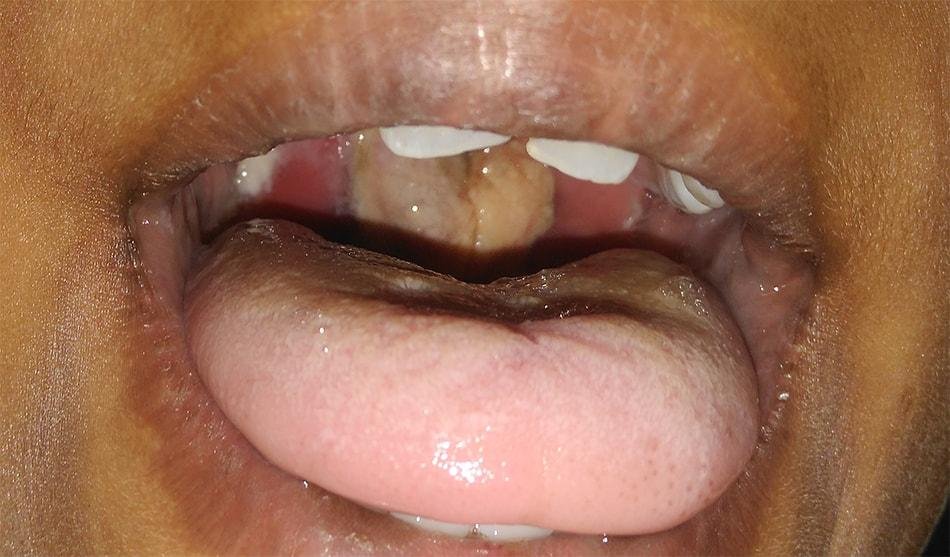
A 6-year-old boy from a rural area presented to pediatric casualty with a history of throat pain, progressive swelling of the neck and moderate grade fever for the past 2 weeks associated with gradually worsening dysphagia for the past 2 days.
Antenatal history was uneventful, born at term by normal vaginal delivery, developmentally appropriate for the age and has no history of any developmental delay. He has not received any immunization to date.
2 days later child developed nasal regurgitation, marked body weakness, mild respiratory distress that progressively became severe, hypotension and ventricular tachycardia.
On examination
- Awake, toxic looking and febrile.
- Diffuse swelling of neck involving bilateral submental and jugular nodes.
- Temperature: 99.5°F, Heart rate: 132/min, Blood pressure: 104/56mmHg, Respiratory rate: 32/min, SpO2: 100% at room air
- CVS: S1 & S2 Heard, No murmur.
- RS: Bilateral equal air entry present. Bilateral crepitations and wheeze present.
- CNS: No focal neurological deficits, No neck stiffness.
- Abdomen: Soft, nontender. No organomegaly
Local examination
- Oral cavity: Normal
- Oropharynx: Bilateral Grade IV tonsils with large grayish-white membrane spread over both tonsils extending upto the soft palate was noted. Uvula and soft palate appeared edematous and was pushed anteriorly.
Investigations
- CRP < 2sec
- Hemoglobin: 11.1gm%
- Platelet count: 13,000/cumm
- Total count: 22,600/cumm, Differentials: N66 / E4 / B0 / L15 / M13
- ECG: Showing intraventricular block
- ECHO: Global hypokinesia of left ventricle with an ejection fraction of 45%.
Question
- What are the most probable clinical diagnosis and reasons?